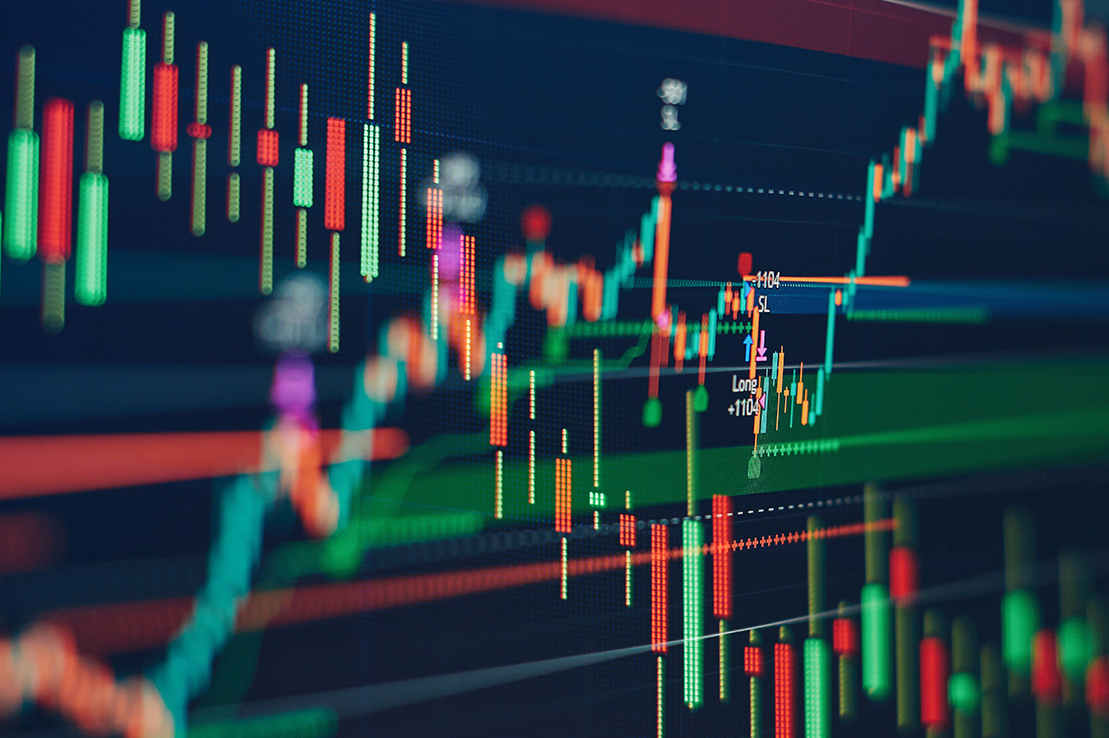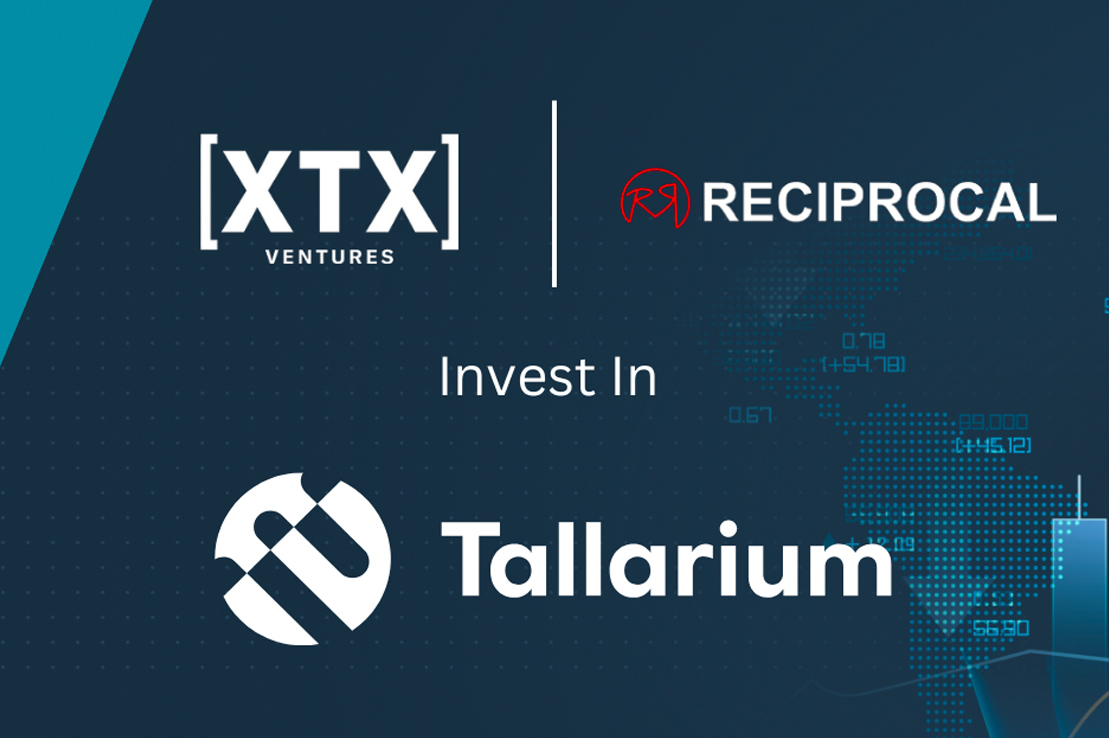At the moment traders in energy markets are making multi-billion profits on the back of volatility and price inflation. But rather than waiting for hard times to strike, is now the best time to safeguard future profits and competitiveness?
Good times for energy traders?
For traders in the energy markets right now, the global political and economic climates mean there is plenty of volatility. This creates a fruitful trading environment with multiple opportunities to take advantage of as markets get displaced from their previous equilibrium levels. At the same time, there is the challenge of low and inconsistent liquidity as its provision in such a climate is much harder.
But ultimately this results in extremely hectic but profitable times for the best-positioned market operators. Whilst commodities prices start to decline from their peaks during the post-pandemic demand and war in Ukraine, energy prices remain buoyant.
Recent gains in the energy markets have driven successes for traders in the sector so far, but this performance may be masking an underlying problem which will become important when markets eventually settle down to a more familiar pattern.
Fundamentally, the energy markets are broken
Off-exchange energy contracts represent up to 96% of the total energy trading contract universe which includes contracts like LNG, biofuels, jet fuel, propane, petrochemical, environmentals, US pipeline crude and many more. But at the same time, there is no single public price for those contracts. Over $5tn worth of deals per annum is done using chats and phone calls and traders track prices manually using spreadsheets. Inevitably, when trying to compete in the market, energy traders have to act on ‘gut feel’ to make trading decisions as they rely on pricing from their private broker networks and legacy systems like Excel. This makes price discovery for energy products a cumbersome and convoluted affair and therefore a major challenge that adds risk and uncertainty to any trader’s day.
What’s more, this leads to major systematic challenges with trading decisions, clearing and timely risk management. At a time when many other asset classes have made significant strides in electronification, automation and transparency, something as fundamental as product pricing data is not standardised in energy markets. Those 96% of energy market contracts share no common data or common marketplace. Instead, pricing is inferred from a vast amount of voice and message chats between brokers and traders. Pricing information is manually input into Excel spreadsheets and analysed there. A typical energy trader will get as many as 5,000 quotes a day from as many as 50 different brokers, generating a large volume of unwieldy data that is impossible to handle, prone to errors and missed execution opportunities. As a result, energy markets heavily rely on dealing through brokers using legacy channels, with only a small fraction of the total volume transacted via electronic markets.
This anachronistic approach to energy trading, whilst currently dominating the trading landscape, is also its main barrier to long term confidence and security.
Today’s energy traders operate ‘blind’
Gathering, storing and using data in this way leads to information being siloed and stagnant in even the most established, most advanced energy trading teams. With no exchange pricing information to benchmark against and a finite network of contacts providing limited consensus, each trader operates ‘blind’ and has no real way of knowing with complete confidence if they are making the best deal possible, at the right time.
They cannot be sure they are not leaving value ‘on the table’ during transactions as there is no definitive, reliable confirmation available and this lack of pricing certainty inhibits deal flow, understandably giving traders cause for pause as they second-guess the potential outcomes. In this way, opportunities can be missed.
Moreover, the energy trading market can be a tough business anyway. Competition continues to intensify between energy trading organisations, whilst sustained volatility compels markets to adjust to macroeconomic factors much more quickly. This means that despite the importance of what energy traders do and the rising pressure they are under to make more good trade decisions than bad ones, traders have less and less time to interpret the market and make those trade decisions.
What they need at the very least is a real-time single source of truth that aggregates and structures those vast amounts of market data points into reliable pricing information.
The lack of innovation holds energy trading back
Because energy trading markets lag behind other asset classes when it comes to electronification, they have not yet felt the benefits of improved efficiencies, increased speed, higher access to liquidity and more certainty in trading decisions. Soaring energy prices have insulated the market from these realities of late and perhaps whilst profits are good, nobody is asking the question: “How do we remain in front of the curve when the energy markets normalise?” If nobody realises that the market is ‘broken’ nobody will ‘fix’ it.
There are wider implications too, as the impacts of these markets are not just on the profitability of traders, but on inflation for the general public and even the energy security of nations.
Time to embrace modernisation, better price discovery and execution
The good news is, as other markets such as equities have shown, there is life beyond Excel. If the energy trading and wider commodities trading markets can use this period of rising profits to invest in modernising their trading operations, the benefits to businesses over the medium to longer term could be profound. Imagine energy trading with the kind of clarity and confidence a digital trading infrastructure could bring. Imagine being able to act more quickly, access more liquidity, instantly know portfolio performance and fully understand its potential risks across the wider business and its implications, rather than just having isolated areas of positive performance within an energy trading floor. In other words, imagine trading energy the way people trade equity or FX but at the same time maintaining the benefits of the current broker-driven market structure.
These kinds of improvements could make energy trading more profitable overall, reduce risks and at the same time help maintain an orderly market in global energy supplies, helping to keep future inflation under control and pave the way for greater energy security for entire nations.
In today’s technology and innovation-rich financial markets, the solutions are being developed right now, and as equities proved, no transition to digitisation is impossible, no matter how embedded in tradition they are.
Now is the time to say goodbye to Excel constraints and the ‘old school’, legacy ways of energy trading and embrace automation within the trading lifecycle. This will lead to more informed trading decisions, accurate price discovery and better execution outcomes – and let’s not forget the wider benefits of increased market efficiencies and ultimately, wider uptake of the new markets which are critical for the energy transition.
Stanislav Ermilov is the founder and CEO of Tallarium, the provider of the energy market’s first and only definitive pricing data and analytics.





